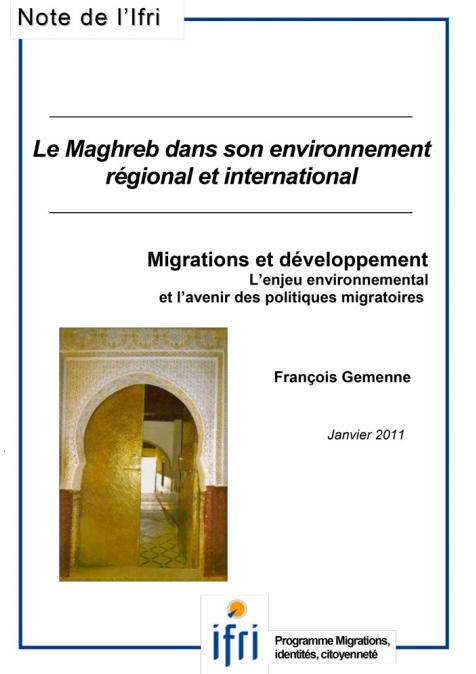Morocco has two coastlines totalling a length of 3500 km, of which around 3000 give access to the Atlantic. This strategic geographical asset has the potential to turn the country into a crucial meeting point between the Americas and the rest of Africa. With distances shrinking due to the maritimization of the world, and the important opportunities in terms of economic cooperation, the Atlantic Ocean can also be considered as a space that bridges new narratives and perceptions of the developing world. In June 2022, Rabat hosted the 1st Ministerial Meeting of the African Atlantic States, an initiative aiming at laying the groundwork for a shared strategic vision and establishing a common African Atlantic identity. However, while stronger cooperation and better trade performance is on the agenda, addressing current security threats in the region remains an urgent priority. With recent discoveries of gas in the Southern Atlantic, new threats can quickly emerge with the rise of transnational crime and terrorist activities. As a result, the need for maritime security and cooperation among Atlantic states will become primordial with increased economic activity in the Atlantic.
- In what ways can Morocco exploit its geostrategic location to the fullest in its mission to promote maritime cooperation along the Atlantic coastline?
- How can these countries design a common framework to discuss and address security threats in the region and push for a Pan Atlantic partnership?
- How can Morocco capitalize on its transatlantic relations as a financial leverage to attract foreign aid and grow expertise that can be shared with the countries most exposed to the Atlantic’s emerging security challenges?
- How can the country move from security cooperation to a more consistent and comprehensive model able to revitalize transatlantic trade and enhance investor trust and interest in the region?


